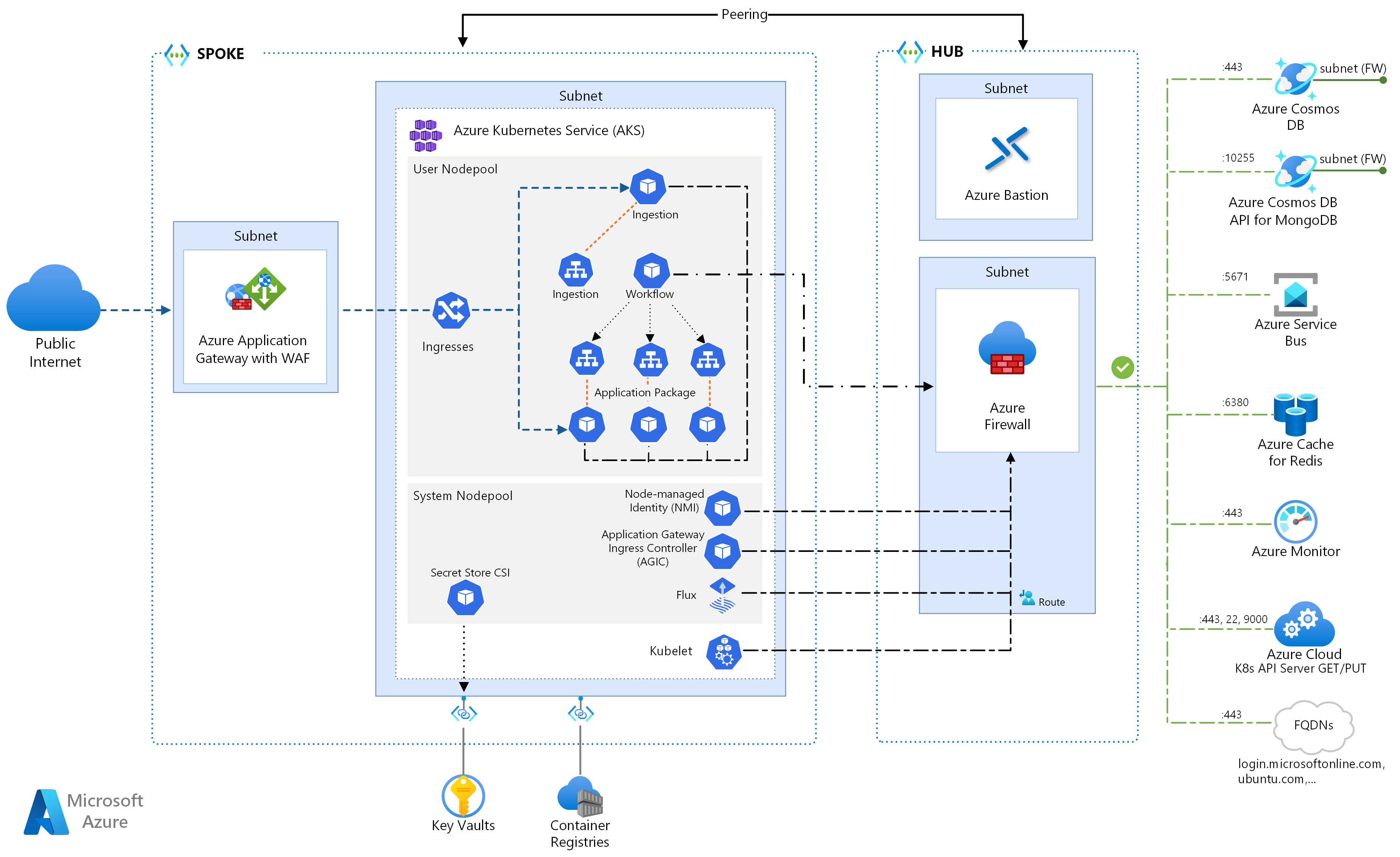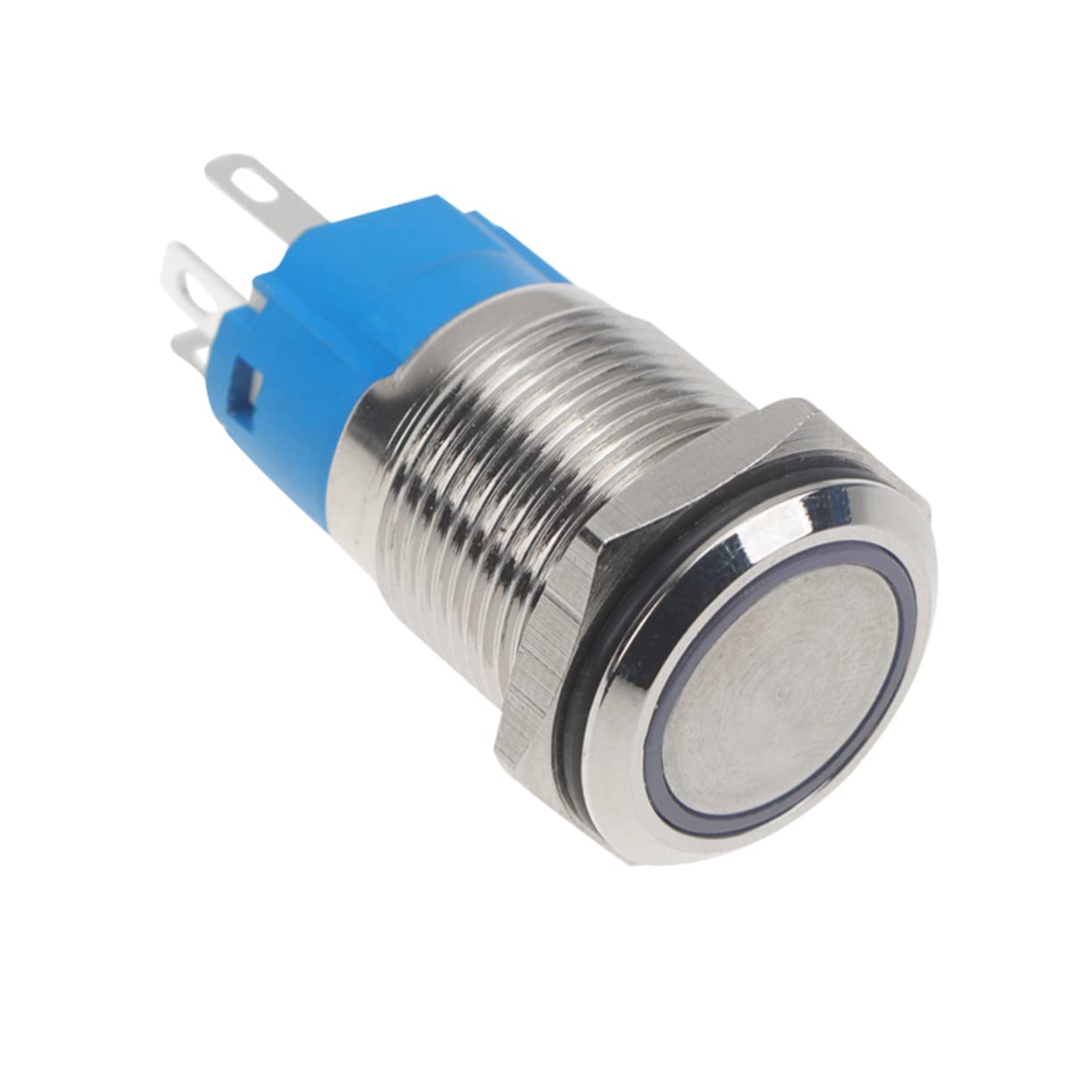The TCP/IP Protocol Driver Dependency Service is a crucial component of the TCP/IP protocol stack.
Default Settings and Properties
The TCP/IP Protocol Driver Dependency Service is a crucial component of the network architecture in Microsoft Windows operating systems, such as Windows Vista, Windows XP, Windows 10, and Windows 7. It is responsible for the communication protocol stack, which enables data transmission over a computer network.
By default, the TCP/IP Protocol Driver Dependency Service is set to start automatically when the operating system boots up. If you encounter any issues with network connectivity, it is recommended to check the default settings and properties of this service.
To access the default settings and properties of the TCP/IP Protocol Driver Dependency Service, follow these steps:
1. Open the Command Prompt by pressing the Windows key + R and typing “cmd” in the Run dialog box. Press Enter.
2. In the Command Prompt window, type “netsh int ip show config” and press Enter. This command will display the current configuration of the TCP/IP Protocol Driver.
3. Look for the default settings and properties such as the IP address, subnet mask, default gateway, and DNS servers. These values are essential for network communication.
If you need to modify any of the default settings or properties, you can use the appropriate netsh commands to make the changes. For example, if you want to change the IP address, use the command “netsh int ip set address” followed by the desired values.
Remember to restart the TCP/IP Protocol Driver Dependency Service after making any changes for them to take effect. You can do this by opening the Command Prompt as an administrator and typing “net stop tcpip” followed by “net start tcpip“.
Startup Configuration and Type
- Verify if the TCP/IP Protocol Driver Dependency Service is set to start automatically on startup.
- Check the type of the TCP/IP Protocol Driver Dependency Service.

Service Dependencies
| Service | Description |
|---|---|
| Remote Procedure Call (RPC) | Provides the foundation for remote procedure calls and distributed computing. |
| DCOM Server Process Launcher | Launches COM and DCOM servers in response to object activation requests. |
| RPC Endpoint Mapper | Resolves remote procedure call requests to the correct endpoint. |
| Windows Event Log | Enables event log messages issued by programs and components to be viewed in Event Viewer. |
| Windows Firewall | Provides security by monitoring and restricting incoming and outgoing network traffic. |
| Base Filtering Engine | Manages firewall and Internet Protocol security (IPsec) policies and implements user mode filtering. |
| IPSec Policy Agent | Manages IPsec policy and starts the ISAKMP/Oakley (IKE) and the IP security driver. |
| TCP/IP NetBIOS Helper | Enables support for networking over NetBIOS (NetBIOS over TCP/IP) and provides NetBIOS name resolution services. |
| Network Store Interface Service | Manages objects in the network store, which stores network and Internet connection settings. |
| Workstation | Creates and maintains client network connections to remote servers using the SMB protocol. |
Automated Restore Techniques

1. Start by creating a backup: Before making any changes, it’s important to create a backup of your system. This will ensure that you have a restore point to go back to if anything goes wrong.
2. Use system restore: Windows operating systems, such as Windows Vista, Windows XP, Windows 10, and Windows 7, have a built-in system restore feature. This allows you to restore your system to a previous working state. To use system restore, go to the Start menu, search for “system restore,” and follow the on-screen instructions.
3. Try using a batch file: If you’re comfortable with command-line interfaces, you can create a batch file to automate the restore process. This file can contain the necessary commands to restore the TCP/IP Protocol Driver Dependency Service. Simply create a new text file, add the commands, and save it with a .bat extension. Then, run the batch file as an administrator.
4. Check system files: Sometimes, issues with the TCP/IP Protocol Driver Dependency Service can be caused by corrupt or missing system files. To check for these issues, you can use the System File Checker (SFC) tool. Open a command prompt as an administrator and run the command “sfc /scannow”. This will scan your system files and repair any corrupted files it finds.
5. Consider reinstalling the driver: If all else fails, you may need to reinstall the TCP/IP Protocol Driver Dependency Service. To do this, open the Device Manager, locate the driver, right-click on it, and select “Uninstall”. Then, restart your computer and let Windows automatically reinstall the driver.
Frequently Asked Questions
Where is the TCP IP protocol driver located?
The TCP/IP protocol driver is located in the Windows operating system.
What is the services used in TCP IP?
The services used in TCP/IP include FTP and Anonymous FTP. FTP is used to transfer files to and from a remote network, using the ftp command on the local machine and the ftpd daemon on the remote machine.
How do I disable TCP in Windows?
To disable TCP in Windows, follow these steps:
1. Open the control panel.
2. Go to programs and features.
3. Click on “Turn Windows features on or off.”
4. Disable “Simple TCP/IP services.”
5. Click OK.

